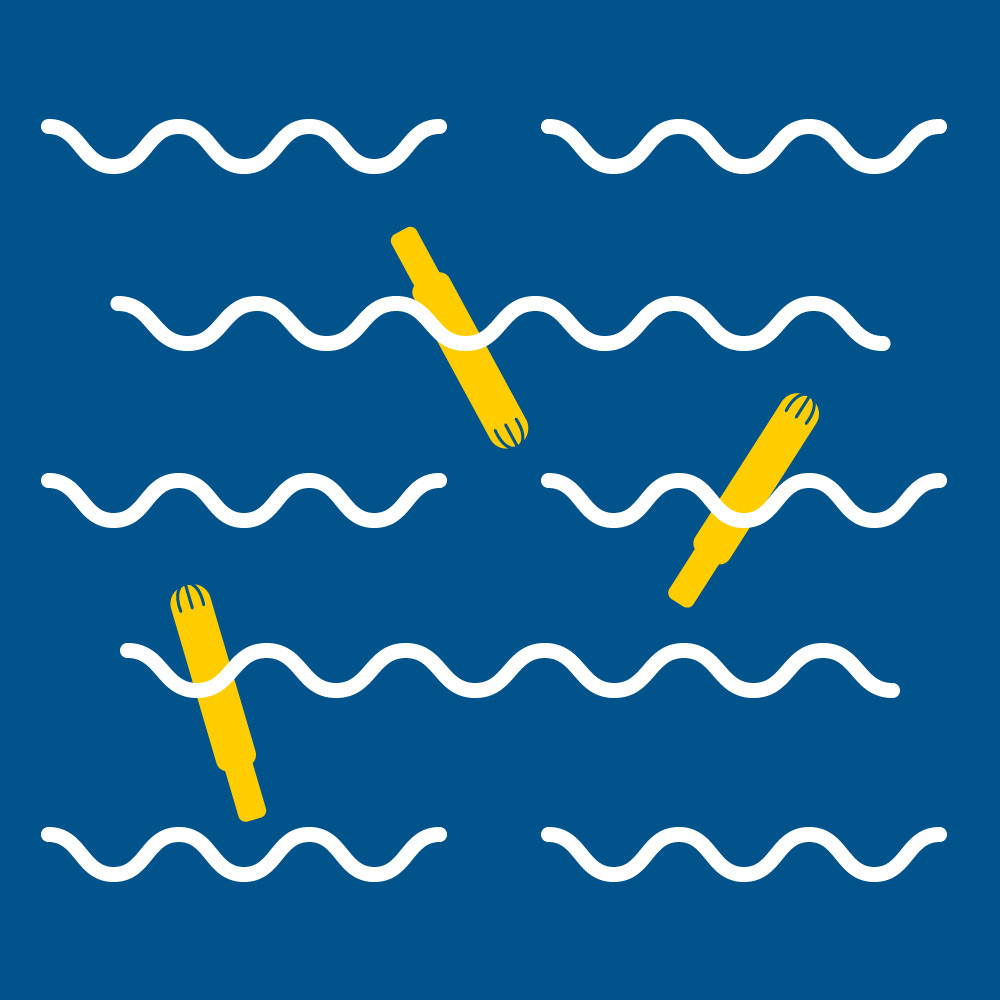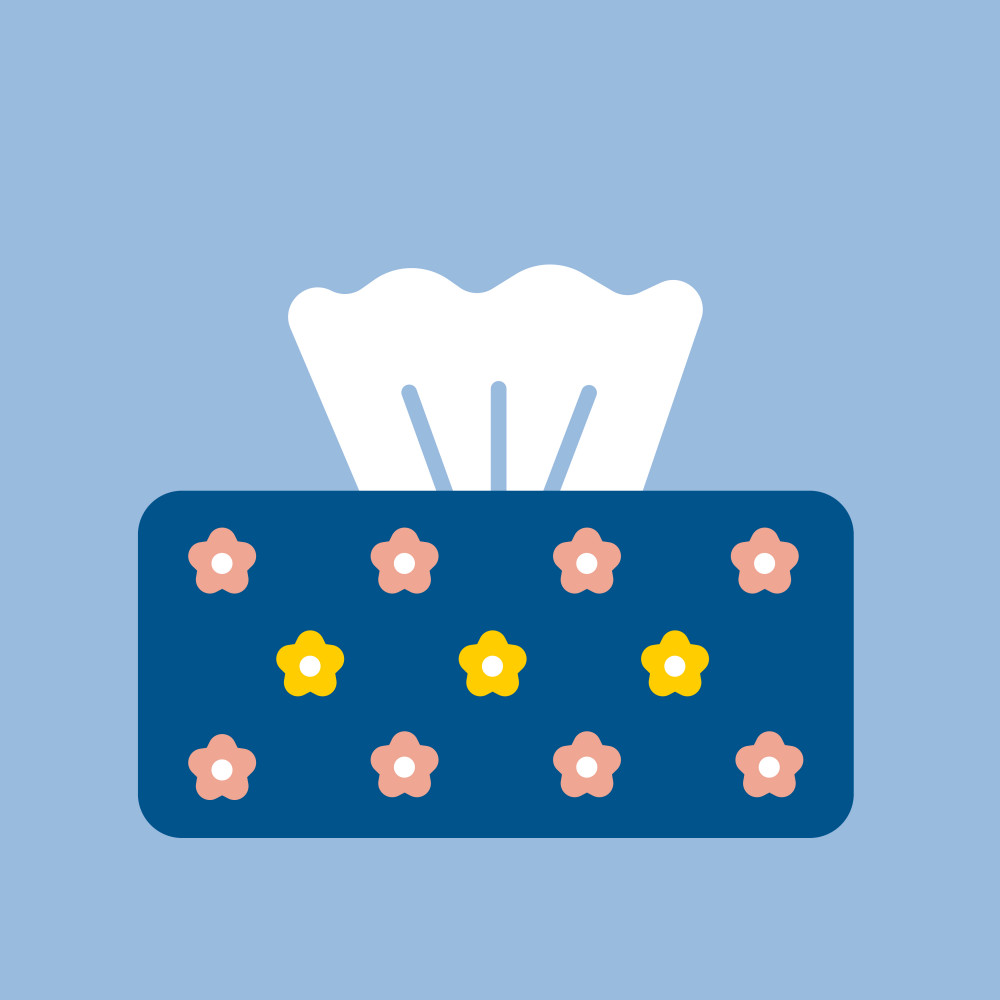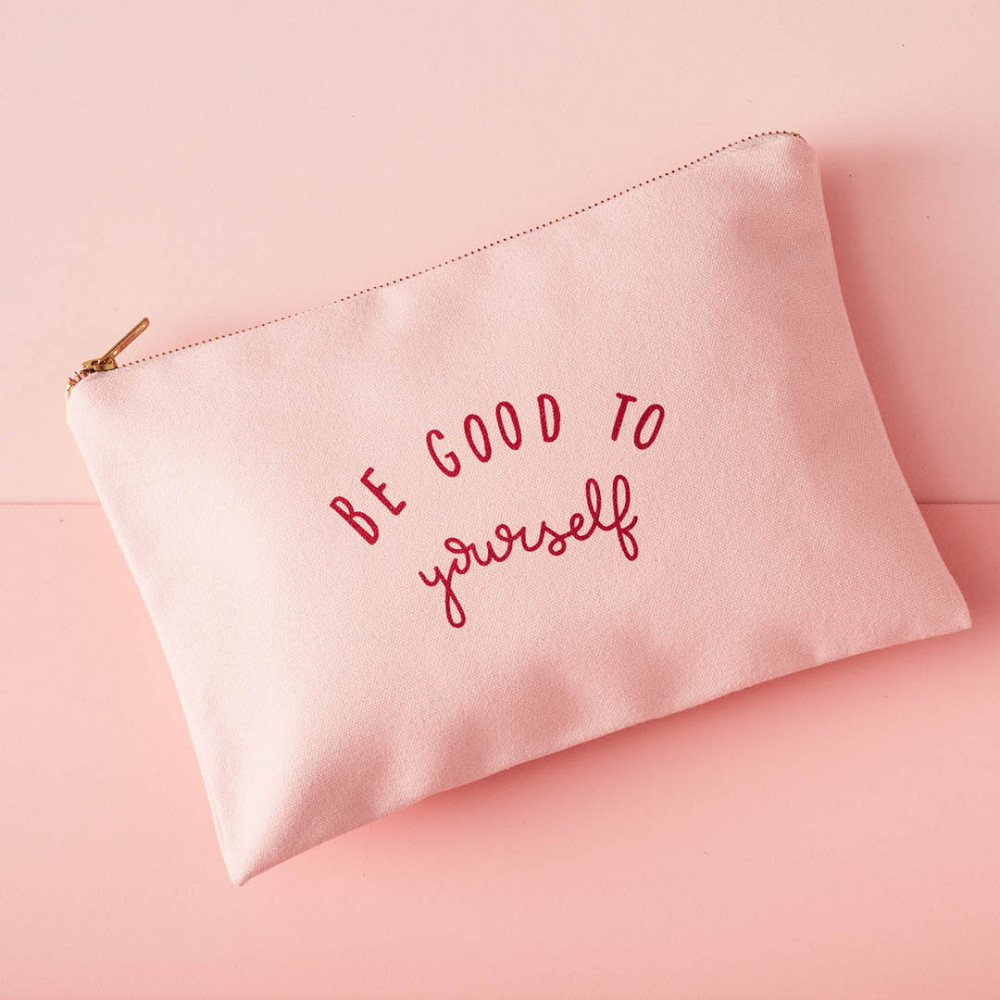In the wide world of tampons there are two distinct camps: applicator and digital. No, they don’t have their own social media accounts, that’s digital in the old-fashioned sense, ie, activated by using your fingers.
In the US – where a staggering one third of the world’s tampons are sold – almost 90 per cent come with applicators, and in the UK it’s around 60 per cent. Here in Australia, applicator tampons are nowhere near as popular as that. But there are plenty of brands out there on supermarket and pharmacy shelves, so clearly some women are not getting too up close with their own lady parts. Why use them? It’s mostly just a question of habit; if your mum used them, you probably do, too. Here’s why you shouldn’t.
Despite warnings on the packets that they are not to be flushed, some thoughtless menstruators do it anyway. This is bad news for sewage treatment facilities, as they get stuck and cause blockages. When those ageing systems become overwhelmed, the sewage flows directly into our waterways, and this is the most common way they get into the ocean.
A couple of years ago, in one single day, ocean conservation volunteers collected 27,938 used tampons and applicators from the world’s beaches. (On America’s north eastern shores, they are known as Jersey beach whistles, because they litter the sands and kids pick them up and use them as toy whistles.)
That’s yucky enough, but applicators are even worse for the ocean than they are for the beach. Nearly 0.5 per cent of the planet’s total marine plastics debris is now made up of tampon applicators. Marine animals and birds mistake them for a bite-sized snack, then starve to death when the plastic lodges in their digestive tracts. Over time, the plastic in applicators breaks down into tiny pieces that are eaten by shellfish and other small sea creatures. And worryingly for us humans, that’s how plastic works its way up the food chain.
Even when plastic applicators are disposed of properly, ie, sent to landfill, it’s still a problem, because they do not break down. Ever. More than 20 billion of the things are added to the pile every single year.
Remember last year when the ‘straw wars’ movement briefly took over social media? It didn’t take long for restaurant chains, local government, heck, entire countries to ban them. The term ‘single use plastics’ could have been invented for tampon applicators. So hopefully at some point that will happen in this case, too. In the meantime, we have choice here, so let’s use it.





